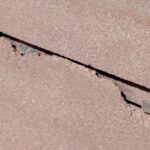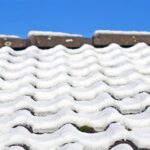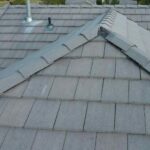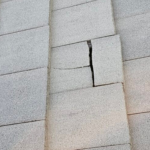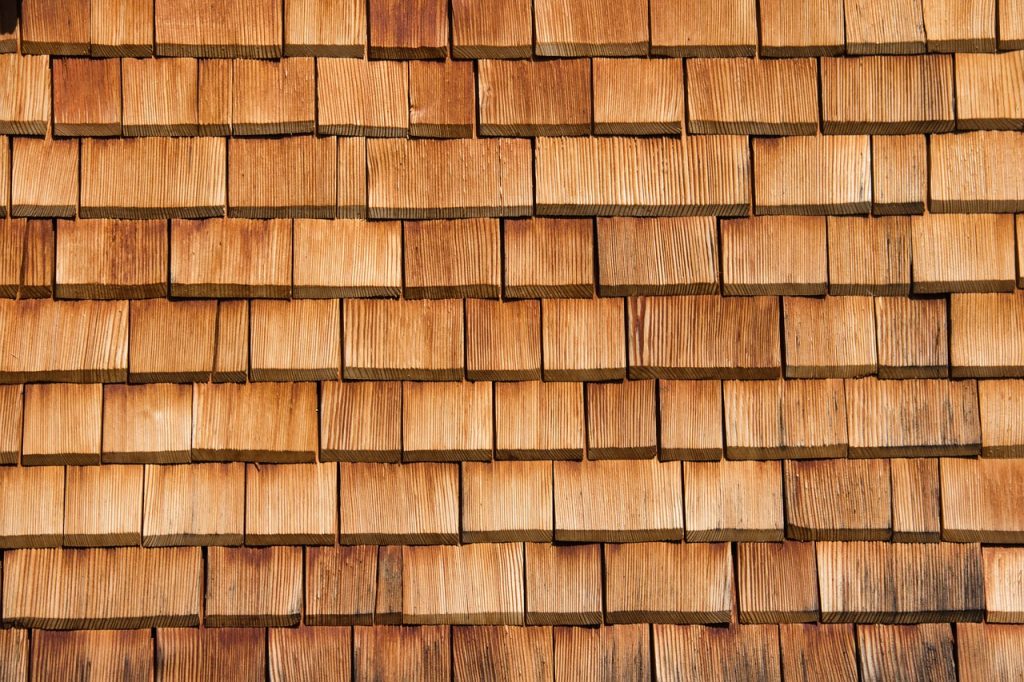
Cedar roofing offers a unique, natural, and rustic appearance for your home while providing excellent durability and longevity. One important decision when choosing wood roofing is whether to go with a cedar shake or cedar shingle. In this comprehensive guide, we will delve into the differences between the two types, explore the pros and cons of each, and help you make an informed decision for your home’s roofing needs.
Arvada Cedar Roofing Professionals you can Trust
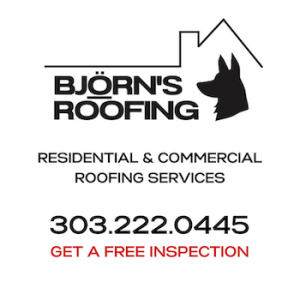
What is Cedar Roofing?
Cedar roofing is a type of roofing material made from natural cedar wood. It’s a popular choice for homeowners who want to give their homes a rustic, natural look. Cedar roofing is available in different colors, textures, and patterns, making it a versatile option that can complement any architectural style.
One of the unique features of cedar roofing is that it’s a natural insulator. Cedar wood has natural thermal properties that help regulate the temperature inside your home. This means that cedar roofing can help keep your home warm in the winter and cool in the summer, reducing your energy consumption and costs.
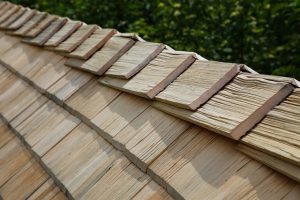
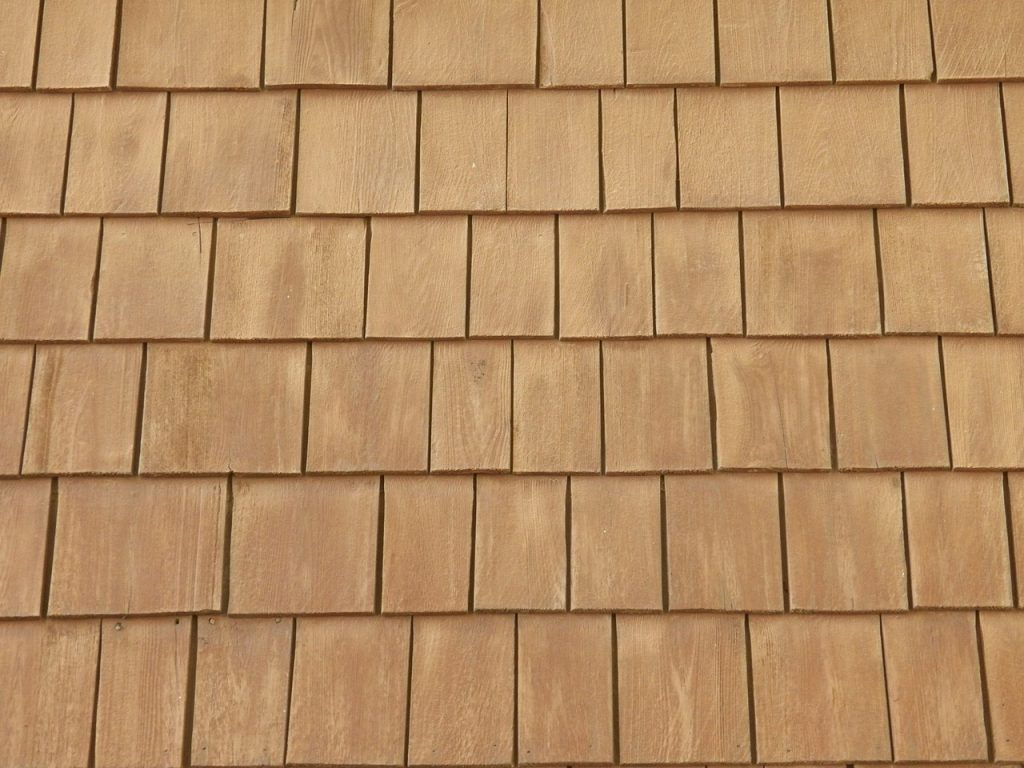
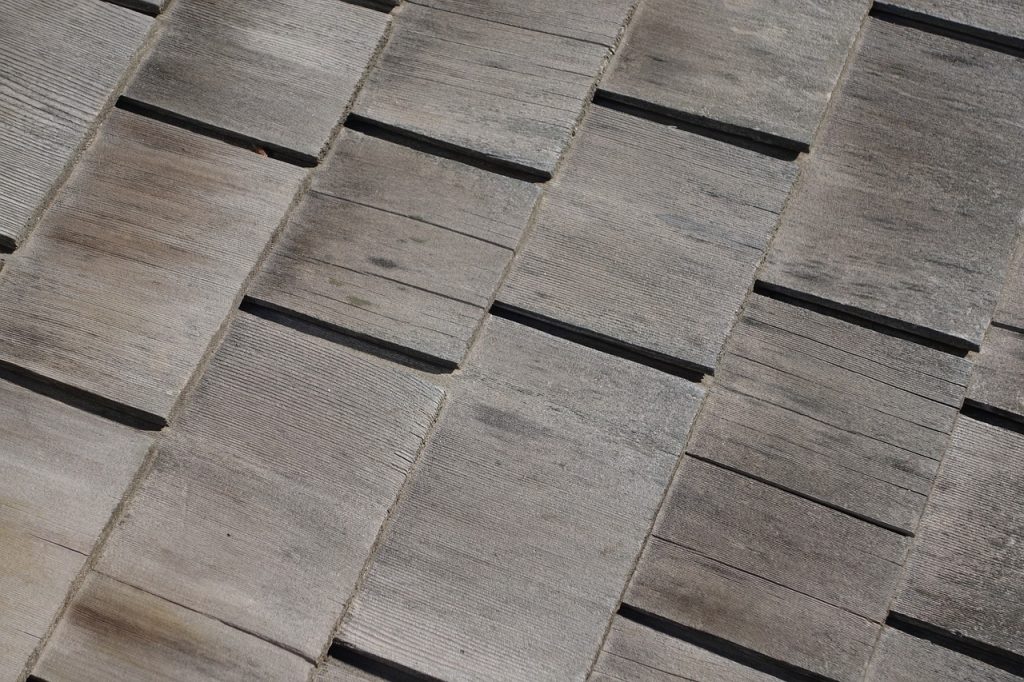
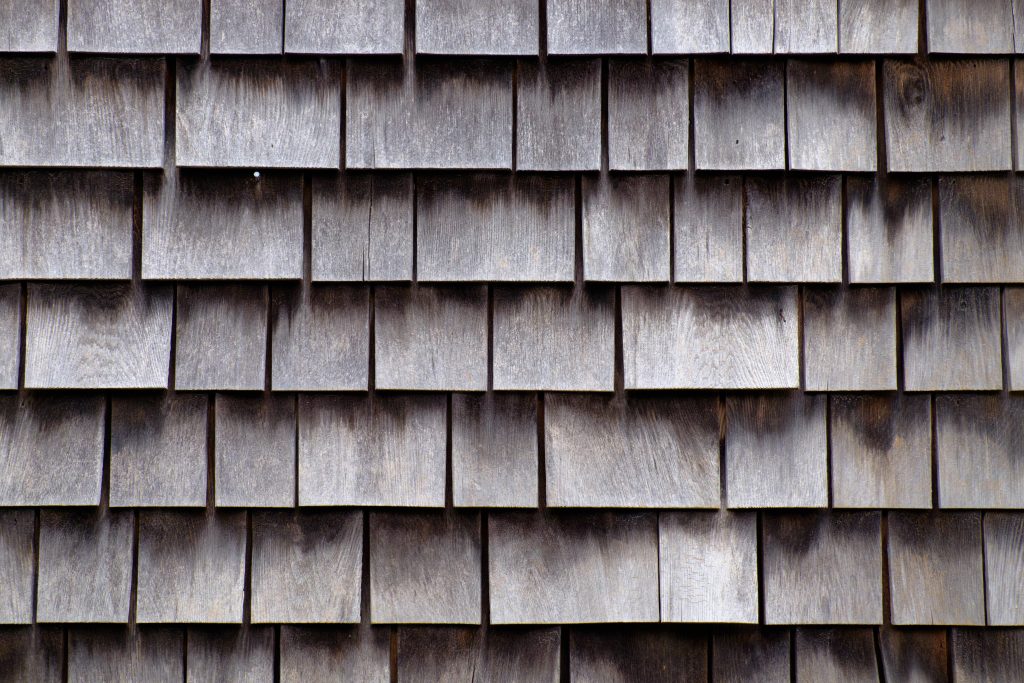
What is the Difference Between Cedar Shake and Cedar Shingle?
Cedar shake and cedar shingle roofs are often confused, but they have distinct differences in appearance, manufacturing process, and installation.
Cedar Shakes
Cedar shakes are hand-split, which gives them a rough, uneven, and textured look. This rustic appearance is perfect for countryside homes or traditional, older houses. Shakes are usually thicker at the butt than shingles, providing added insulation and durability.
Pros:
- Aesthetics: Cedar shakes offer a luxurious, rustic look that can enhance the curb appeal of upscale neighborhoods or historical homes.
- Energy Efficiency: Due to their thickness and insulating properties, cedar shakes help retain warmth in the winter and reflect heat in the summer, resulting in lower energy bills.
- Durability and Storm Resistance: Cedar shakes are known for their resistance to extreme wind speeds and storm damage, making them an excellent choice for areas prone to harsh weather conditions.
Cons:
- Mold and Rot: While they have natural properties that help with rot resistance, cedar shakes are still susceptible to mold, mildew, and rot in damp environments. Proper maintenance and prompt removal of debris are essential to prevent these issues.
- Maintenance Requirements: Homeowners who choose cedar shake roofing must be prepared for regular maintenance. This includes cleaning and clearing debris, as well as periodic inspections and repairs.
Cedar Shingles
Cedar shingles, on the other hand, are sawn on both sides and have a uniform, even taper. They offer a more polished and smooth appearance compared to shakes. Shingles are typically thinner than shakes, making them a more cost-effective option, but they may not provide the same level of insulation and durability.
Pros:
- Eco-Friendly: Cedar shingles are more environmentally friendly than other materials, including cedar shakes, due to their energy-efficient manufacturing process.
- Affordability: Cedar shingles are usually less expensive than cedar shakes, providing a similar look at a more budget-friendly price.
- Durability and Storm Resistance: Like cedar shakes, cedar shingles are also highly resistant to storm damage and extreme wind speeds.
Cons:
- Water Resistance: While cedar shingles have a tight grain and natural oils and properties that resist rot and decay, their water resistance depends on regular maintenance.
- Flat Appearance: Cedar shingles have a more uniform, flat look compared to the textured appearance of cedar shakes, which may not be as visually appealing to some homeowners.
- Maintenance Requirements: Cedar shingle roofing requires the same level of maintenance as cedar shake roofing, including regular cleaning, debris removal, and inspections.
The Benefits of Choosing Cedar Roofing for Your Home
Cedar roofing has several benefits that make it an excellent choice for your home. First is its durability. Cedar wood is naturally resistant to moisture and decay, with its natural oils and resins acting as a defense mechanism against water. Cedar roofing can last up to 30 years or more with proper maintenance, making it a long-term investment for your home.
Second, cedar roofing is an excellent insulator. As mentioned earlier, cedar wood has natural thermal properties that help regulate the temperature inside your home. This means that cedar roofing can help keep your home warm in the winter and cool in the summer, reducing your energy consumption and costs.
Finally, cedar roofing is a beautiful addition to any home. Cedar wood has a unique texture and color that can add warmth and character to your home’s exterior. Cedar roofing can also be customized to fit your specific design preferences, making it a versatile option for any architectural style.
However, it’s important to note that cedar roofing does require some maintenance to ensure its longevity. Regular cleaning, staining, and sealing can help protect cedar roofing from the elements and extend its life. It’s also important to keep an eye out for any signs of damage or wear and tear and address them promptly to prevent further damage.
What Makes Cedar Roofing Eco-Friendly?
Cedar roofing is an environmentally friendly material for several reasons. First, cedar wood is a renewable resource. Unlike non-renewable resources like fossil fuels, cedar wood is a sustainable material that can be replenished through responsible forestry practices.
Second, cedar wood is biodegradable. When your cedar roofing eventually reaches the end of its life cycle, it can be easily recycled or repurposed. This means that cedar roofing won’t end up in a landfill, reducing your environmental impact.
Finally, cedar wood is a natural material that doesn’t require a lot of energy to produce. Unlike synthetic materials that require a lot of energy to manufacture, cedar wood can be harvested and processed using relatively low-energy methods. This means that cedar roofing has a lower carbon footprint than many other roofing materials.
Factors to Consider When Choosing Cedar Roofing
When deciding between cedar shake and cedar shingle roofing, consider the following factors:
- Aesthetics: Cedar roofing offers a natural and timeless beauty, with its warm tones and distinct wood grain. Determine which style best complements your home’s architecture and your personal preferences.
- Climate: Consider your area’s weather conditions, as cedar roofing may require additional maintenance and care in damp or storm-prone environments.
- Budget: Factor in the cost difference between cedar shake and cedar shingle, as well as the ongoing maintenance expenses. Additionally, cedar roofs are generally more expensive than other roofing materials. Consider your budget and weigh the initial investment against the long-term benefits and aesthetic appeal of cedar roofing.
- Fire Resistance: While cedar roofing has natural fire resistance properties, it is still considered a combustible material. Check local building codes and fire regulations to ensure compliance and consider additional fire-resistant treatments if required.
Cost Considerations for Cedar Roofing
Cedar roofing can be more expensive than other roofing materials, but the investment may be well worth it for the longevity, beauty, and energy efficiency it provides. Here are some cost factors to consider:
- Material Costs: Cedar shakes are generally more expensive than cedar shingles due to their thickness and hand-made manufacturing process.
- Installation Costs: Both cedar shake and cedar shingle roofing require professional installation to ensure the best results, adding to the overall cost.
- Maintenance Costs: Regular maintenance, such as cleaning, inspections, and repairs, is necessary to prolong the life of your cedar roof and prevent costly damage.
Installation Process
The installation process for cedar roofing is relatively straightforward. A professional roofing contractor will start by preparing the roof surface and ensuring that it’s properly ventilated.
Next, the cedar shingles or shakes will be installed on the roof surface, starting at the bottom and working upward. The shingles or shakes will be secured in place using nails or staples, and the process will continue until the entire roof surface is covered.
Finally, the roofing contractor will finish the installation by trimming the shingles or shakes to fit around any pipes, vents, or other protrusions on the roof surface.
Maintenance Tips
To ensure the longevity of your cedar roofing, it’s essential to follow some maintenance tips. First, it’s important to keep your cedar roof clean. Regular cleaning can help remove any dirt, debris, or mold that can damage your roofing.
Second, it’s essential to stain and seal your cedar roofing regularly. Staining and sealing can help protect your roofing from moisture, UV rays, and other elements that can cause damage.
Finally, it’s important to repair any damage or wear and tear promptly. Addressing any issues promptly can prevent further damage and extend the life of your cedar roofing.
Enhancing your Home with a Cedar Roof
In conclusion, cedar roofing is an excellent choice for homeowners who want to make a sustainable and eco-friendly choice for their homes. Additionally, cedar roofing is incredibly durable, long-lasting, and can help improve your home’s energy efficiency.
By carefully weighing the pros and cons of each type, along with considering factors such as climate and maintenance requirements, you can make an informed decision that best suits your needs and enhances the appearance of your home.
Bjorn’s Roofing is committed to providing top-notch roofing solutions tailored to your roofing needs. Whether you require a cedar roof installation, roof repairs, or replacements, we’ve got you covered!
Latest Posts
Related: cedar shake roof, cedar shingles, cedar shake shingles near me, wood shingle roof, cedar shake shingles, cedar shingles home depot, white cedar shingles, cedar shake siding, cedar shake shingles price, cedar shake roof, cedar and asphalt, roof construction classic roofing, classic roofing repair roof
